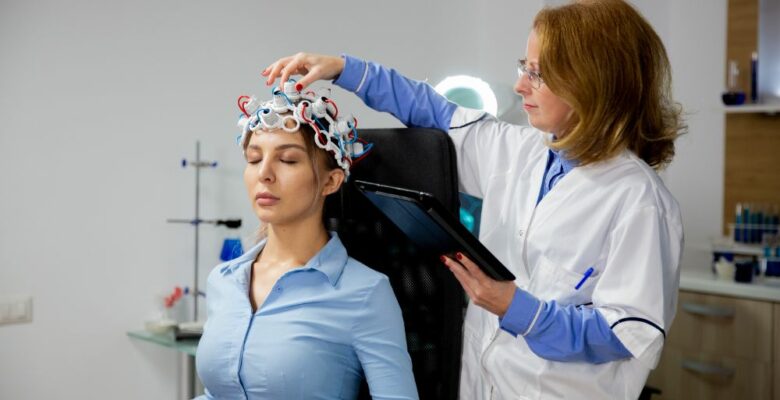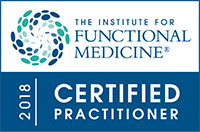The ability of the human brain to adapt and change from babyhood to adulthood is amazing but sometimes it needs a little help. Infants are born with all the neurons they need for their lifetime, and by age five, 90% of their brain is developed. After age five, the neurons continue making connections for increased efficiency. Life events, positive or negative, have a large impact on how the brain develops.
One lesser-known therapy, neurofeedback has been used with success to help people retrain their brain patterns to effect the brain-body axis. Neurofeedback is a type of biofeedback that has been around for decades and has a plethora of research support for many applications. It involves a machine that measures and records brain waves, then provides positive or negative feedback to affect brain wave patterns. This information helps the person subconsciously learn what brain stimuli is preferred and encourages positive thought processes as well as biologic processes.
During a session, people generally sit comfortably in a chair with electrode sensors resting on their head. These sensors are used to record an electroencephalogram (EEG) during the session. Subjects may experience sounds, images, or both at the same time during sessions. This helps the brain learn which brainwave patterns are helpful over those that are not. Repeated sessions help reinforce this newly developing neuronal pattern.
Neurofeedback results are promising for several conditions including post-traumatic stress disorder (PTSD), ADD/ADHD, schizophrenia, insomnia, learning disabilities, drug addiction, epilepsy, anxiety, depression, pain management, and more. If you are looking for more support without medications, consider reaching out to a local neurofeedback professional. If you are looking for any recommendations, feel free to reach out to our office.


